 |
| May 20, 2020 |
Dear Reader,
The coronavirus pandemic might have led to the largest reduction in CO2 ever recorded. Last month, global carbon dioxide emissions dropped to levels not seen since 2006, according to a study released yesterday. In space news, a massive galaxy similar to our own Milky Way spotted shockingly early in the universe's history is challenging astrophysicists' understanding of galaxy formation. Also featured in today's roundup: a new artificial eye that mimics the retina's spherical shape. Researchers hope this could lead to sharper robotic vision and prosthetic devices. And, although scientists say COVID-19 likely originated in bats (then possibly transmitted to people through an intermediate host), viruses can also jump from humans to animals. Our lead story looks into the risk of major outbreaks from "reverse zoonosis." |
| | Sunya Bhutta, Senior Editor, Audience Engagement
@sunyaaa | |
 |
| |
| |
| |
| |
| |
| |
| |
| |
FROM THE STORE
 | | | |
| |
FROM THE ARCHIVE
 | | | |
| |
LATEST ISSUES
 |
| |
| Questions? Comments?  | |
| Download the Scientific American App |
| |
| |



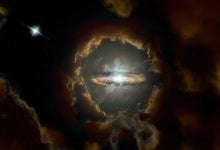
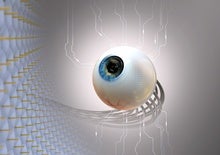

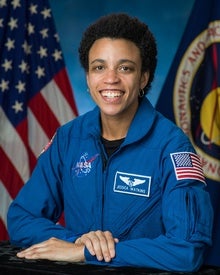
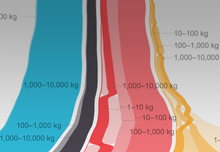


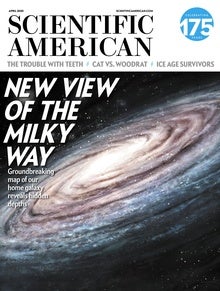

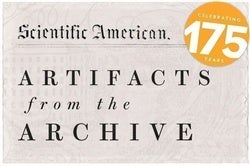
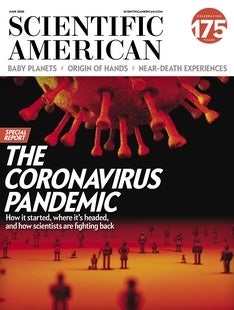

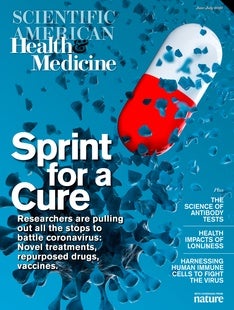
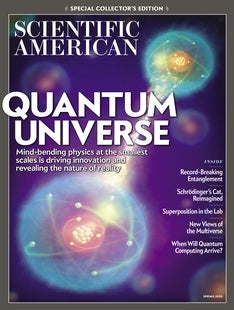
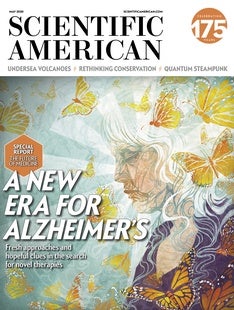



Comments
Post a Comment